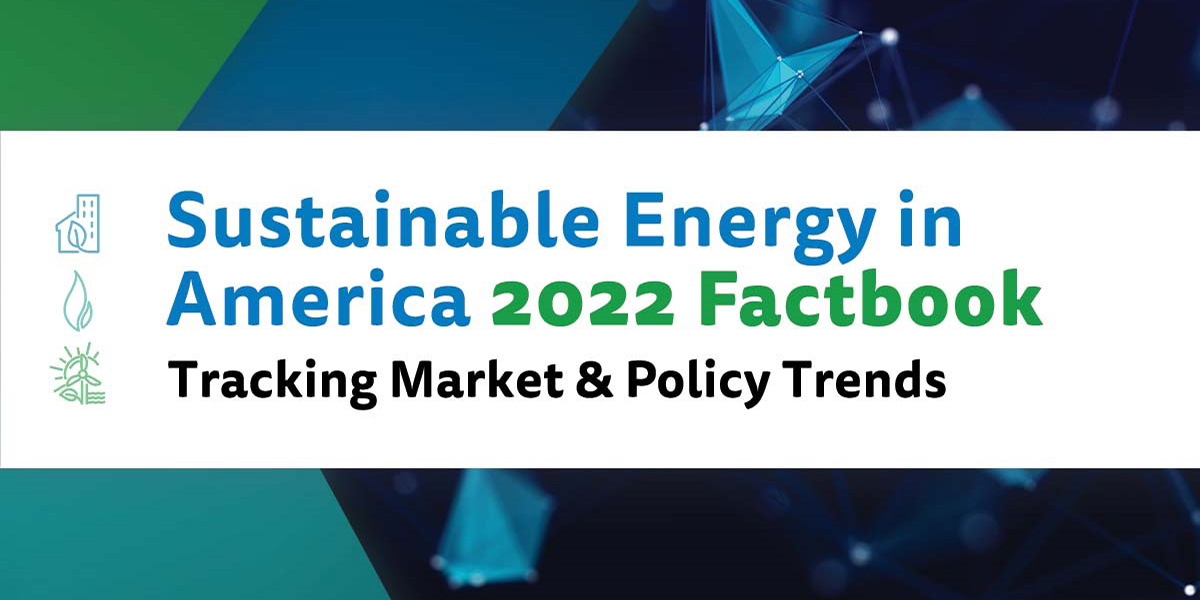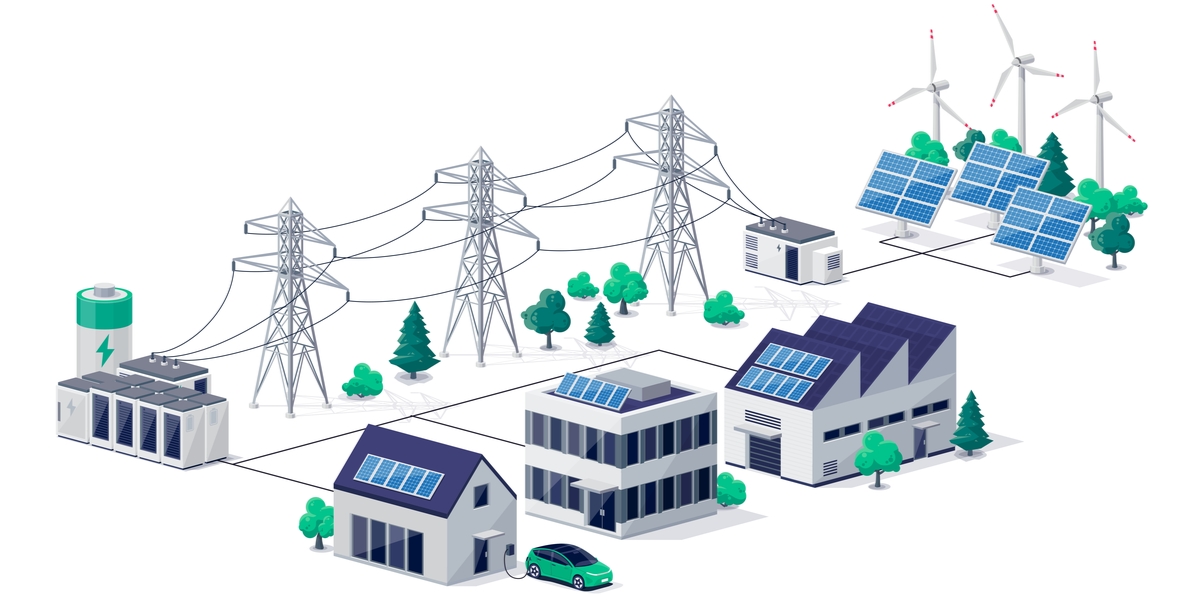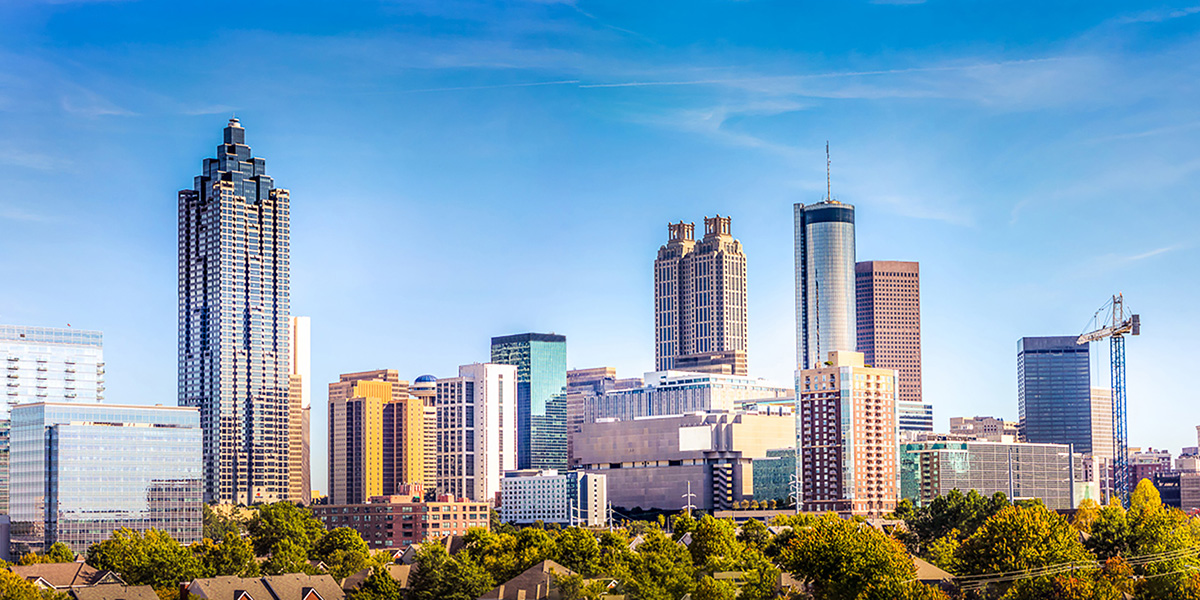Reflecting on Two Years of the 50x50 Commission
Let's Save Energy
Alliance to Save Energy's Blog
Reflecting on Two Years of the 50x50 Commission

It’s well acknowledged that our transportation sector is on the verge of a major transformation. To capitalize on this unprecedented opportunity and create a shared vision for the path forward, the Alliance convened a partnership of public and private stakeholders including automakers, utilities, public interest groups, product manufacturers, and technology providers two years ago. This group, the 50x50 Commission on U.S. Transportation Sector Efficiency (the Commission), articulated the goal to meet evolving transportation needs while reducing energy use 50 percent by 2050 – or, to put it simply, “50x50.”
Looking back at the two years of hard work to identify the most impactful bipartisan policy solutions to move toward 50x50, here are some of the initiative’s ‘best of’ moments.
Developing Consensus
After working together for a year, the Commission released a set of more than 50 consensus policy recommendations to leverage innovation and proven policies to advance the sector’s efficiency. The recommendations, Reinventing U.S. Mobility: Reducing Energy Use 50 Percent By 2050 in a New Transportation Paradigm, were unveiled at an event on Capitol Hill in September 2018, featuring a keynote from Pittsburgh Mayor William Peduto.
Deep Dive into Infrastructure
The second phase of the initiative, which was dedicated to moving the recommendations into action, began in earnest in October 2018. With President Trump and Congress affirming their commitment to passing a comprehensive infrastructure package in the 116th Congress, members of the Commission once again put pen to paper and developed a package of surface transportation recommendations for lawmakers. These recommendations focused on opportunities to advance energy-efficient technologies and practices, including electric vehicles (EVs) and charging infrastructure, transit, efficiencies at ports/airports/seaports, and adjusting program design to ensure system-level planning is facilitated and balanced the maintenance of existing infrastructure with new builds.
Spreading the Gospel
Alliance staff and Commissioners conducted extensive visits with members of Congress, committee staff, and relevant congressional offices to advocate for Commission recommendations. Alliance and Commissioners met with over 20 offices and committees, and Senators Peters, Whitehouse, Merkley, Markey and Rep. Rob Woodall.
Tackling Hard Questions: Automation and Efficiency
The Commission noted that while some challenges ahead have clear policy and regulatory implications, others are far more complex. This was especially clear in considering the energy impacts of connected and automated vehicles (CAVs), which could lead to massive energy use increases or a much more efficient transportation system depending on how they were deployed. In April 2019, members of the Commission convened in Tampa for a closed-door focused discussion with experts on policy and regulatory frameworks needed to ensure energy efficient deployment of CAVs. The discussion highlighted the absence of a vision for the deployment of connected and automated vehicles, and the challenge that key stakeholders lack connections with one another and operate with different timelines and primary objectives.
EV-Ready Building Codes
The Commission recognized that implementing EV-ready building codes – which require new buildings to have the basic wiring for EV chargers (usually costing a few hundred dollars or less at the time of construction) – is a low-cost tool to prepare for the EV market.
Coincidentally, 2019 was the year to solicit updates to the International Energy Conservation Code (IECC) for the 2021 code cycle. The Alliance and members of the Commission worked in close alignment with other stakeholders to forge an advocacy campaign targeting International Codes Council (ICC) voters over the course of 2019. This culminated in a big win in December 2019: The ICC announced the preliminary passage of both commercial and residential EV-Ready codes, which set minimum requirements for builders to incorporate appropriate electrical infrastructure into garages and parking spaces to enable the future installation of EV charging stations.
Looking Forward
The Commission achieved a tremendous amount in two years — but the work does not end here. Maintaining momentum is imperative. This year, the Commission will sunset into the 50x50 Action Network, a more streamlined effort to focus on the primary areas for progress, with a focus on converting the Commission’s policy recommendations into legislation.
We can’t wait to get to work.
Read a more detailed overview of the Commission’s work here. To learn more about the 50x50 Action Network, please contact Rebecca Price.
STAY EMPOWERED
Help the Alliance advocate for policies to use energy more efficiently – supporting job creation, reduced emissions, and lower costs. Contact your member of Congress.
Energy efficiency is smart, nonpartisan, and practical. So are we. Our strength comes from an unparalleled group of Alliance Associates working collaboratively under the Alliance umbrella to pave the way for energy efficiency gains.
The power of efficiency is in your hands. Supporting the Alliance means supporting a vision for using energy more productively to achieve economic growth, a cleaner environment, and greater energy security, affordability, and reliability.



